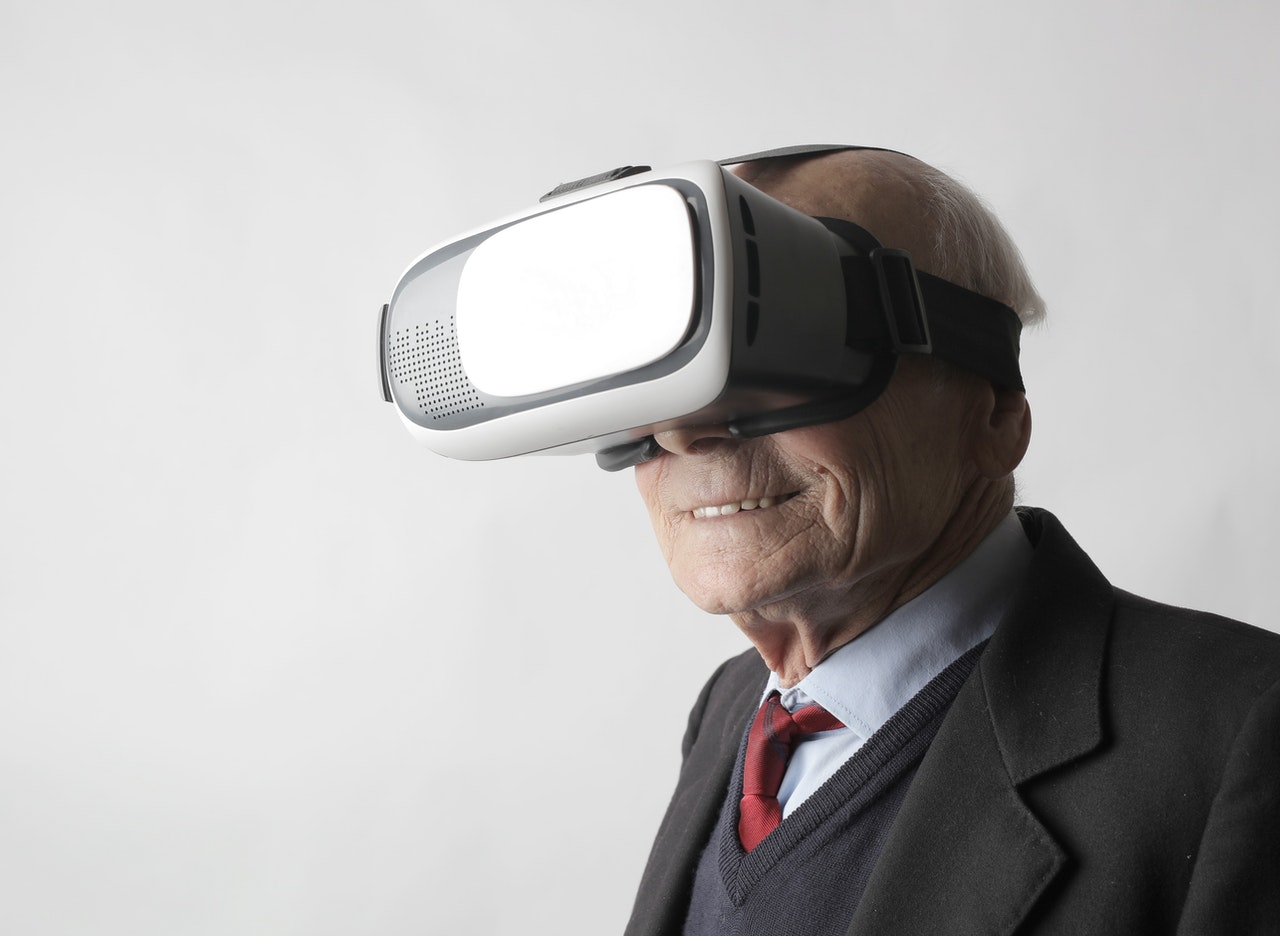Today, being with people who are miles apart, translating a menu from a foreign language using your camera, or watching out for the traffic when you’re on the road isn’t novel anymore. People are used to what extended reality has to offer, but the technology does not stand still. The experiences are expected to become richer, more captivating, and involve all our senses, not just vision and hearing. The digital and physical worlds are merging, and that’s called the Internet of Senses.

What Does the Internet of Senses mean?
The Internet of Senses is a novel and rapidly-developing technology that augments our senses beyond the boundaries of our bodies. It implies combining various technologies, including visual, audio, and haptic, to deliver new, digital sensory experiences similar to those we encounter in real life.
The IoS gives people augmented vision, hearing, touch, and smell. The technology allows blending multi-sensory digital experience with actual physical surroundings. In this way, we can interact with people, robots, and devices as if they were right in front of us.
With the help of this innovative technology, the companies could deliver groundbreaking solutions, such as immersive communication or sustainable vacations in VR. A bunch of businesses are already looking for specialists who are capable of coming up with such products.
So, hiring skilled programmers now is a forward-looking decision that can give you an upper hand in a couple of years. Developers in Ukraine are considered talented and reliable and will surely give your company a competitive advantage because they stay on the same page with the industry trends.
How Can People Benefit from the Internet of Senses?
The IoS is the next level of digitalization that is expected to reshape many industries. Hyper-fast connectivity and advanced automation are a must for the solutions that will be emerging in a new sensory world.
Although IoS is mostly used for commercial purposes, like allowing people to smell perfumes before purchasing them on e-Commerce websites, the technology is also applicable for other areas. For example, people with allergies or those that have lost the ability to taste flavors due to various diseases can taste them again with the help of the IoS.
These are just some examples of how IoS is anticipated to be applied in the future:
Thoughts accessible via technology
Many people believe that in 2030, it will be possible for us to reply to short messages using only thoughts. The boundary between “thinking and doing” will be blurred, making way for the new market dedicated to devices.
For example, when having AR glasses on, a person has to think about a specific destination, like a grocery shop. After that, it will show an individual the way to get to the location and where to find the products one has on the shopping list.

Touch and merged digital reality
An array of consumers expects to be able to touch anything digitally. For example, they believe they might partake in a Formula 1 race, experiencing all the feelings the drivers have. These include vibrations, smells, and sounds. The same goes for concerts, meaning you can both hear the music and feel the bass on your skin.
Holographic communication
This means communicating with people as if they were sitting just next to you. The increased presence will be achieved with holographs that behave just like a real person you’re chatting with or with avatars. These aren’t limited by sound and images, involving taste and smell too. For instance, they can digitally convey the taste and smell of coffee.
Sensational services
It is anticipated that the multi-sensory experience will allow us to immerse ourselves in another place or historical period. The entertainment industry will be significantly altered, bringing exceptional experiences in gaming and cinematic areas. Workstations and workplaces will be contrasting to those we have now, and people won’t have to be actually present at the office or other facilities presenting only virtually in their working life.
Wrapping Up
As you can see, the technologies are now proving more solutions that can be applied in every industry. The future is just around the corner, so it’s fair to say that the way we perceive our routine is about to face drastic changes.